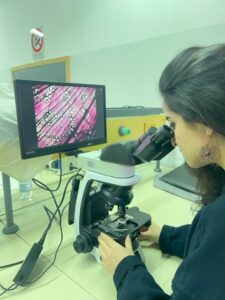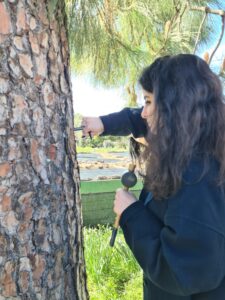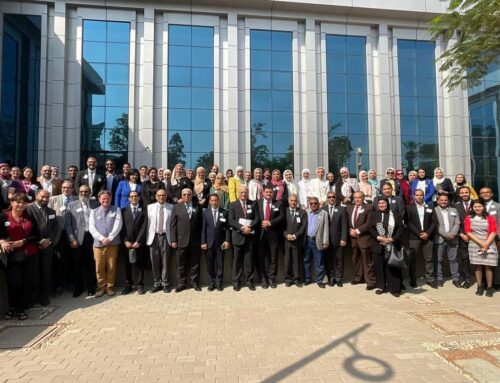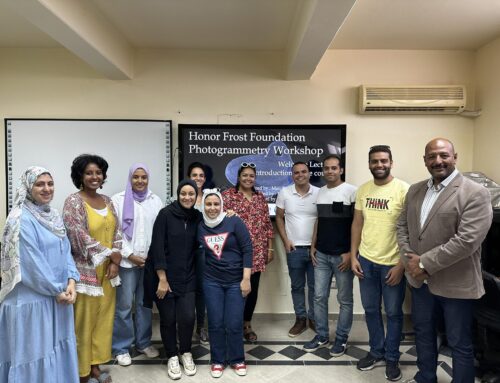 From the 19th until the 23rd of February 2024, I have attended, as a second year PhD scholar in Archaeobotany, the II edition of the International School on wood and charcoals in Mediterranean forest ecology: anatomical identification and functional traits to interpret past and current climate changes. The School was organised by the Plant & Wood Anatomy Lab (PWA LAB) at the Department of Agricultural Sciences, University of Naples Federico II Portici (Naples), Italy.
From the 19th until the 23rd of February 2024, I have attended, as a second year PhD scholar in Archaeobotany, the II edition of the International School on wood and charcoals in Mediterranean forest ecology: anatomical identification and functional traits to interpret past and current climate changes. The School was organised by the Plant & Wood Anatomy Lab (PWA LAB) at the Department of Agricultural Sciences, University of Naples Federico II Portici (Naples), Italy.
The International School provided an overview of basic and innovative methods using tools and approaches for the analysis of plant samples to reconstruct past vegetation and to evaluate the species plasticity to environmental changes.
The main topics, which include the history and biogeography of Mediterranean woody species, wood/charcoal identification, quantification of wood anatomical functional traits, radiocarbon dating of samples, were given by instructors and lecturers not only from different laboratories but also from different specialities (Dendroarchaeology, Forest Ecology, Anthracology, Pedology).
The attendees have, as well, different backgrounds (Botany, Xylology, Archaeobotany, Ecology, etc.) and had different statuses ranging from PhD students and post-docs to researchers and university professors.
 This intensive 1-week training has introduced me to new approaches and methods used to analyse and interpret archaeological wood, whether charred, desiccated or waterlogged. In fact, the school taught me that wood does not only constitute a parameter for dating or for remodeling the palaeoenvironment but also for reconstructing the palaeoclimate and retracing past trade routes via a dendroarcheological approach.
This intensive 1-week training has introduced me to new approaches and methods used to analyse and interpret archaeological wood, whether charred, desiccated or waterlogged. In fact, the school taught me that wood does not only constitute a parameter for dating or for remodeling the palaeoenvironment but also for reconstructing the palaeoclimate and retracing past trade routes via a dendroarcheological approach.
The hands-on experience has allowed me to be able to conduct microcore sampling from both hardwood and softwood taxa, to establish an adapted protocol for samples preparation and observation under an adequate microscope and to know the potential of their analysis through an ecological lens (xylogenesis, quantitative wood anatomy) for predicting the future of Mediterranean woodlands and shrublands.
The guided tours, particularly the visit of Herculaneum, have also contributed to my scientific knowledge as I saw history materialized though very well-preserved archeological features and artefacts (especially wooden artefacts).
Gathering lecturers and attendees from different backgrounds in one room (or field) has allowed an interesting exchange of ideas and an interchange of contacts for potential future scientific collaborations.





